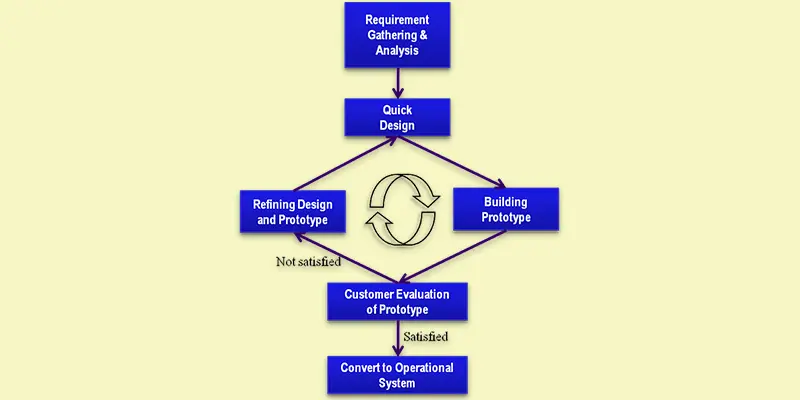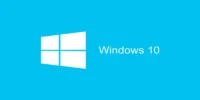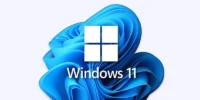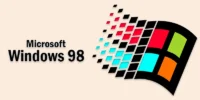Software Requirement Specification in Software Engineering
Published: 9 Jan 2025
Software Requirement Specification
A Software Requirements Specification (SRS) is a detailed document that explains what a software project should do and how it should function. It lists the goals, features, and limitations of the software so everyone involved knows what to expect. By setting clear requirements, the SRS helps developers, designers, and clients stay on the same page, ensuring the final product meets the user’s needs.
Software Requirement Specification Example
An example of software requirement specification might be a document that outlines a mobile app’s features, such as user login, profile creation, and notification settings. It also explains how each feature should work, helping the team understand what the app needs to do to satisfy users.

Purpose of an SRP
- Defines what the software should do so the development team and stakeholders have a clear understanding.
- Helps prevent misunderstandings by outlining features, functions, and expectations.
- Acts as a guide for developers and testers to build and verify the software.
- Set goals to ensure the final product meets user needs and project requirements.
- Reduces project risks by identifying potential challenges early.
Components of Software Requirement Specification
- Introduction: This section gives an overview of the project. It describes the purpose of the software and the reasons for creating it. It also lists who will use the software and any special terms to know.
- Overall Description: This part explains the big picture. It provides details on the main features of the software, how it will interact with other systems, who will use it, and any major limitations or assumptions the team has made.
- Functional Requirements: Functional requirements list the specific tasks the software should perform. For example, it might specify how users log in, how data is stored, or what happens when a user clicks a button. These details help guide the development team in building each feature correctly.
- Non-Functional Requirements: These requirements cover qualities that aren’t directly about features but are still essential. They include things like speed, security, reliability, and usability. For instance, it may state that the software should load in under two seconds or be secure from data breaches.
- Appendices and References: The appendices include any extra information, like terms, diagrams, or links to documents that help understand the SRS better. References list other sources or documents that were used when creating the SRS.
Functional Requirements
Functional requirements describe what the software should do. They focus on specific tasks and the system must perform to meet user needs.
- User Requirements: User requirements describe what the users need from the software to accomplish their tasks effectively. They outline specific features and functions that users expect, such as the ability to create accounts, search for information, or receive notifications. By understanding these requirements, developers can build software that meets users’ needs and provides a better overall experience.
- System Requirements: System requirements detail the technical specifications that the software must meet to function correctly. They include the necessary hardware and software needed, such as operating systems, processors, and memory. These requirements ensure that the software runs smoothly and efficiently on different devices and environments, allowing users to have a seamless experience while using the application.
- Performance Requirements: Performance requirements specify how well the software should operate under various conditions. They include expectations for speed, responsiveness, and efficiency, such as how quickly a page should load or how many users can access the system at the same time without slowing it down. Meeting these requirements is essential for providing a smooth and satisfying experience for users, ensuring that the software performs effectively even during peak usage times.

Non-Functional Requirments
Non-functional requirements are the features of the software. They focus on performance, security, and usability to improve the overall user experience.
- Security Requirements: These define the measures needed to protect the software and user data from unauthorized access and threats. Security requirements may include user authentication methods, data encryption standards, and compliance with relevant regulations.
- Usability Requirements: These focus on how easy and intuitive the software is for users. Usability requirements might include guidelines for interface design, accessibility features, and overall user experience to ensure that the software is simple to navigate and understand.
- Maintainability Requirements: Maintainability requirements focus on how easy it is to update, fix, or improve the software over time. They outline what developers need to do to keep the software running smoothly and efficiently, such as having clear and organized code, good documentation, and straightforward processes for making changes. These requirements help ensure that the software can be quickly adapted to meet new needs or resolve issues without causing major disruptions.
Uses of SRS Documents
The Software Requirements Specification (SRS) document serves several important purposes:
- Clear Communication: It helps everyone involved—developers, designers, and clients—understand what the software should do, reducing misunderstandings.
- Guideline for Development: The SRS acts as a roadmap for the development team, guiding them on what features to build and how the software should function.
- Basis for Testing: Testers use the SRS to create test cases, ensuring that the software meets all the specified requirements before it is released.
- Project Management: The document helps project managers plan timelines and resources by clearly outlining what needs to be done.
- Future Reference: The SRS serves as a reference for future updates or enhancements, helping new team members understand the original goals and design of the software.
Why use an SRS document?
It is crucial to use a Software Requirements Specification (SRS) document since it outlines exactly what the software must accomplish. It lowers the possibility of misunderstandings and errors by ensuring that all project participants are in agreement. The SRS serves as a reference for upcoming upgrades, assists testers in confirming that the program satisfies requirements, and directs developers throughout the building process. All things considered, an SRS document aids in ensuring that the finished product satisfies user requirements and performs as planned.
Goals of SRS
Here are three important goals of a Software Requirements Specification (SRS):
- Clarity: One of the main goals of an SRS is to provide clear and precise descriptions of the software’s requirements. This helps everyone involved—developers, designers, and clients—understand exactly what is needed, minimizing confusion and misunderstandings.
- Guidance: The SRS serves as a roadmap for the development team, outlining the features and functions that need to be built. It helps developers know what to focus on and provides a reference point throughout the project, ensuring they stay aligned with the project goals.
- Validation and Verification: The SRS establishes a basis for testing the software. By clearly defining the requirements, testers can create test cases to verify that the software meets the specified needs and functions correctly. This helps ensure that the final product is of high quality and satisfies user expectations.

Software Requirements Specification (SRS) vs System Requirements Specification (SysRS)
| Software Requirements Specification (SRS) | System Requirements Specification (SysRS) |
| Describes software functionalities | Covers overall system requirements |
| Detailed user needs and functions | High-level view of system interactions |
| Developers and stakeholders | System architects and engineers |
| Guides software development | Guides system design and integration |
| Functional and non-functional requirements | Technical specifications and interfaces |
| User login, data processing | Hardware specs, network requirements |
| Usually more detailed | Can be more general and broad |
| Updated frequently during development | Updated when system changes occur |
Conclusion about Software Specifications in Software Engineering
Software specification is a crucial step in software engineering that defines what the software should do and how it should perform. It includes detailed descriptions of both functional and non-functional requirements, ensuring that everyone involved in the project understands the goals and expectations. By creating a clear Software Requirements Specification (SRS) document, teams can improve communication, guide development, and establish a solid foundation for testing. This ultimately leads to a higher-quality software product that meets user needs and functions effectively, making software specification an essential part of the development process.
FAQS – Software Engineering SRS
An SRS is a document that describes exactly what a software program needs to do. It lists all the functions and features that the software should have, as well as how it should perform. It’s a guide for developers, testers, and stakeholders to make sure everyone understands the project goals.
For a Library Management System, the software requirements would include features like adding new books, checking books in and out, tracking overdue books, managing user accounts, and generating reports. It should also include non-functional requirements, like security and speed.
To create an SRS for a Library Management System, start by identifying the users and their needs. Then, list the functional requirements (like tracking books and managing accounts) and non-functional requirements (like security and reliability). Organize the document into sections, like Introduction, Requirements, and Interface Details, to make it easy to follow.
Yes, there are templates for SRS documents. A typical SRS template includes sections like Introduction, Functional Requirements, Non-Functional Requirements, Interface Requirements, and System Requirements. Using a template helps ensure that all important information is covered in an organized way.
Key features of an SRS include clarity, completeness, and accuracy. It should clearly define what the software should do, cover all necessary requirements, and be easy for everyone to understand. An SRS also includes both functional and non-functional requirements, providing a complete guide for building the software.

- Be Respectful
- Stay Relevant
- Stay Positive
- True Feedback
- Encourage Discussion
- Avoid Spamming
- No Fake News
- Don't Copy-Paste
- No Personal Attacks

- Be Respectful
- Stay Relevant
- Stay Positive
- True Feedback
- Encourage Discussion
- Avoid Spamming
- No Fake News
- Don't Copy-Paste
- No Personal Attacks





